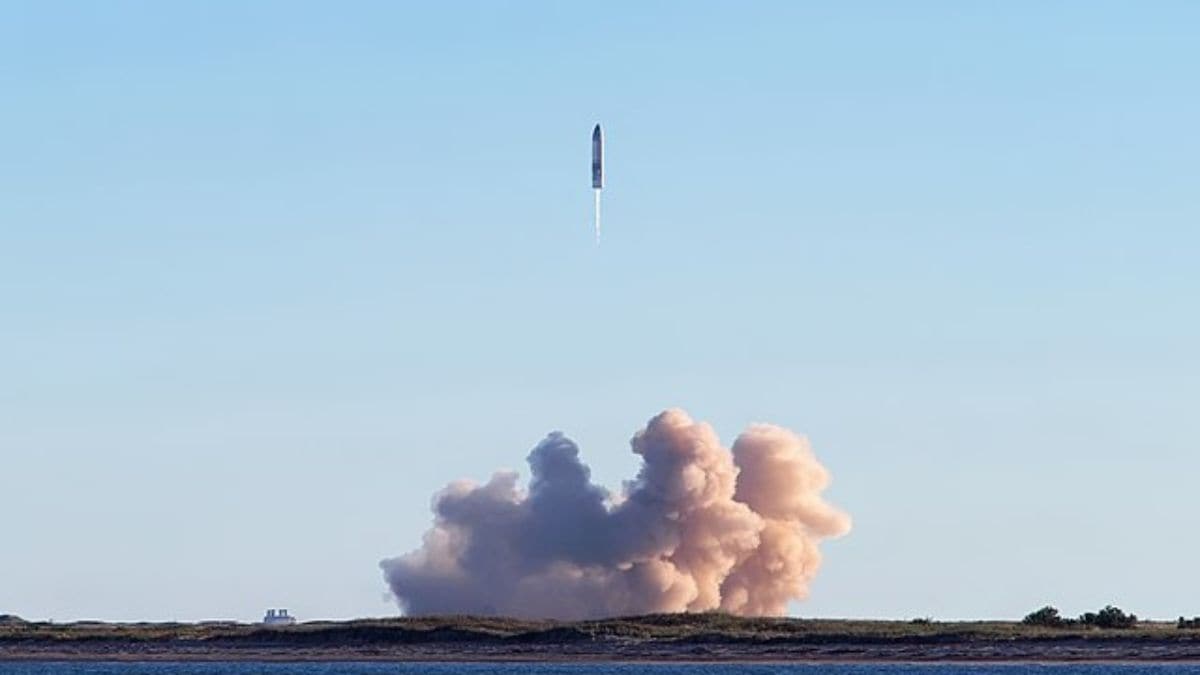SpaceX is set to launch its Starship rocket for its seventh flight test on January 13, with liftoff planned at 5 pm EST from the Starbase facility in South Texas. The 400-foot-tall reusable rocket has been designed to support missions to the Moon and Mars. Reportedly, for the first time, the mission aims to deploy payloads in space, marking a significant milestone in the rocket's testing phase. The launch webcast will begin approximately 35 minutes before the scheduled liftoff.
Mission Objectives and Payload Details
According to to report from space.com, this test will feature the deployment of ten mock satellites. These are said to mimic the size and weight of next-generation Starlink satellites, as part of a preparatory exercise for future satellite deployment missions. The satellites, as noted, will follow the same suborbital trajectory as the rocket, with splashdown targeted in the Indian Ocean. Starship's 50-metre upper stage, referred to as “Ship,” is also expected to return via a controlled splashdown in the Indian Ocean, consistent with previous test flights.
Reusability and Booster Retrieval
As reported by space.com, the Super Heavy booster used in this mission will include a previously flown Raptor engine, marking the first reuse of hardware in a Starship flight. Efforts will also be made to repeat the catch of the Super Heavy booster using Starbase's launch tower, a maneuver that was successfully executed in October 2024 but faced challenges in November's test due to communication issues.
Upcoming Launch Schedule
The test coincides with an active period in space exploration. Blue Origin's New Glenn rocket is preparing for its debut on January 10, and a SpaceX Falcon 9 mission carrying private moon landers is slated for January 15. These developments underscore the rapid advancements being made in the commercial space sector.
Catch the latest from the Consumer Electronics Show on Gadgets 360, at our CES 2025 hub.


